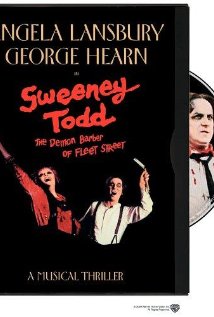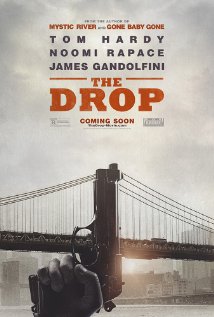 We at FNB are eagerly awaiting the start of AFI FEST 2014 presented by Audi.
We at FNB are eagerly awaiting the start of AFI FEST 2014 presented by Audi.
The terrific slate of shows runs Nov. 6-13 in Hollywood. The fest opens and closes with neo-noir titles that are generating Oscar buzz. “A Most Violent Year,” starring Oscar Isaac, Jessica Chastain and David Oyelowo, will kick things off. Set in 1981 in New York City, the film tells the story of an immigrant struggling to survive amid intense crime and danger. “A Most Violent Year” is directed by J.C. Chandor (“Margin Call” and “All Is Lost”).
 There will be two screenings on Sat., Nov. 8., of director Paul Thomas Anderson’s latest feature: an adaptation of “Inherent Vice” by novelist Thomas Pynchon. Joaquin Phoenix stars as P.I. Doc Sportello in 1970-ish Los Angeles. We’re in. Phoenix leads a stellar cast including Katherine Waterston, Josh Brolin, Owen Wilson, Reese Witherspoon, Benicio Del Toro, Jena Malone, Maya Rudolph and Martin Short.
There will be two screenings on Sat., Nov. 8., of director Paul Thomas Anderson’s latest feature: an adaptation of “Inherent Vice” by novelist Thomas Pynchon. Joaquin Phoenix stars as P.I. Doc Sportello in 1970-ish Los Angeles. We’re in. Phoenix leads a stellar cast including Katherine Waterston, Josh Brolin, Owen Wilson, Reese Witherspoon, Benicio Del Toro, Jena Malone, Maya Rudolph and Martin Short.
On Monday, Nov. 10, “The Gambler” is the gala screening. In this remake of the 1974 James Caan film, Mark Wahlberg plays Jim Bennett, a college professor immersed in the watch-your-back world of underground gambling. English director Rupert Wyatt (“The Escapist” and “Rise of the Planet of the Apes”) joins forces with Boston-born writer William Monahan (“The Departed”).
“Foxcatcher,” the closing night movie, is based on the real-life saga of ’80s Olympic wrestling champs Dave and Mark Schultz (Mark Ruffalo and Channing Tatum) and their uneasy working relationship with ultra-wealthy wrestling hobbyist/“coach” John du Pont (Steve Carell). Things go from tense to deadly in this spare and thoughtful drama, for which Bennett Miller took home the Best Director prize at the Cannes Film Fest. (His previous work includes “Capote” and “Moneyball.”) We caught this at a press screening last night – it is very chilling and very well done. From his pasty skin to his zombie rasp that passes for a voice, Carell perfectly conveys the menacing imperiousness and internal emptiness that apparently defined du Pont’s personality. Ruffalo and Tatum are excellent as well.
![sophia-loren-afi-tribute[1]](http://www.filmnoirblonde.com/wp-content/uploads/2014/11/sophia-loren-afi-tribute11.jpg) These are just a few of the film-noir offerings and there is much more going on, such as the Sophia Loren tribute on Nov. 12. Who doesn’t love this supremely talented and stunningly beautiful actress?
These are just a few of the film-noir offerings and there is much more going on, such as the Sophia Loren tribute on Nov. 12. Who doesn’t love this supremely talented and stunningly beautiful actress?
The complete AFI FEST program includes 118 films (73 features, 45 shorts), representing 39 countries. There are 29 films directed/co-directed by women, 16 documentaries and 17 animated films. The breakdown by section is: Galas/Tributes (6), Special Screenings (8), American Independents (8), New Auteurs (10), World Cinema (29), Midnight (4), Breakthrough (4), Conversations (4), Cinema’s Legacy (4) and Short Films (45), and includes 9 official Foreign Language Film Oscar® submissions.
Free tickets are available: http://www.afi.com/afifest/freetickets.aspx































From FNB readers